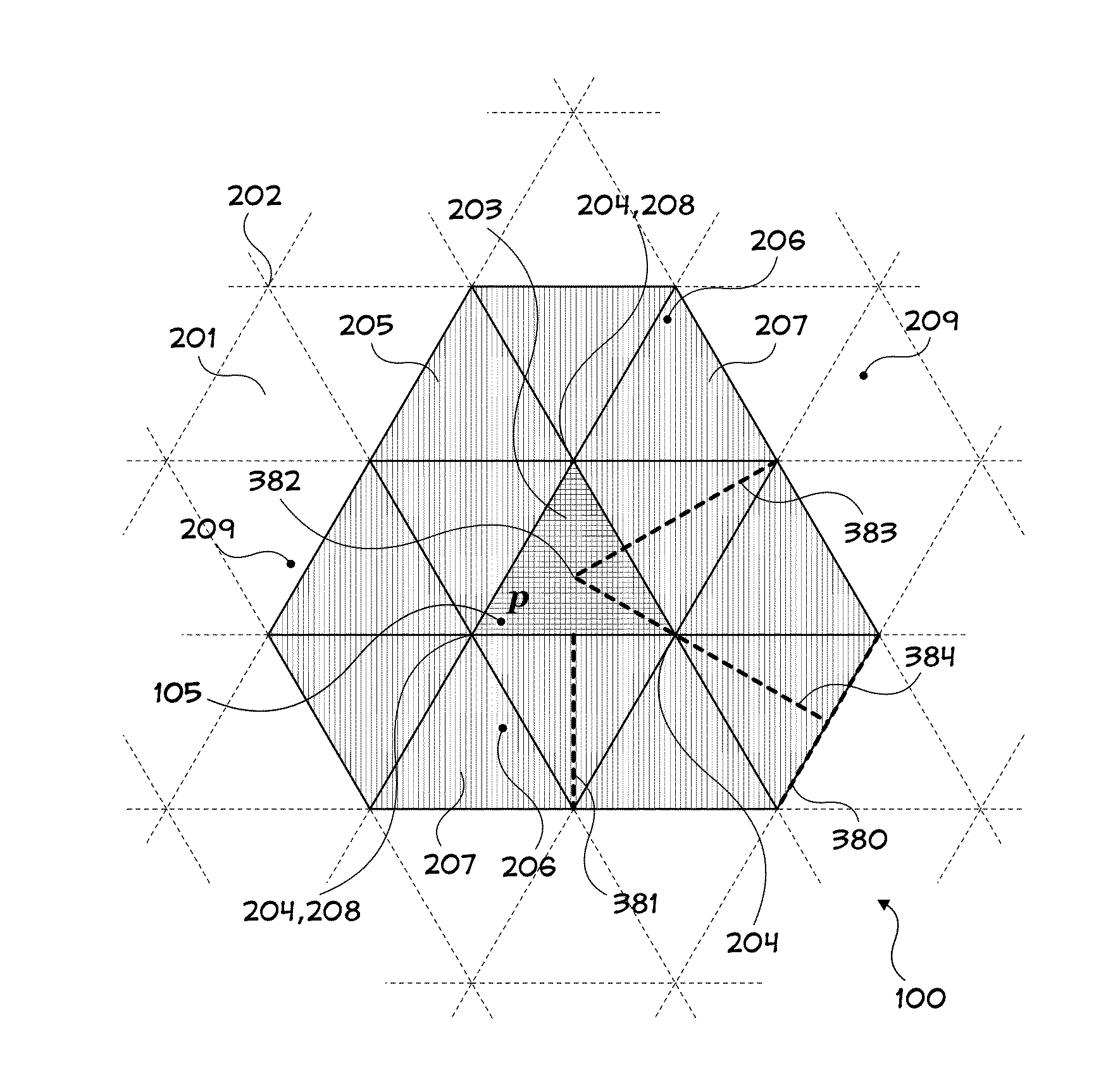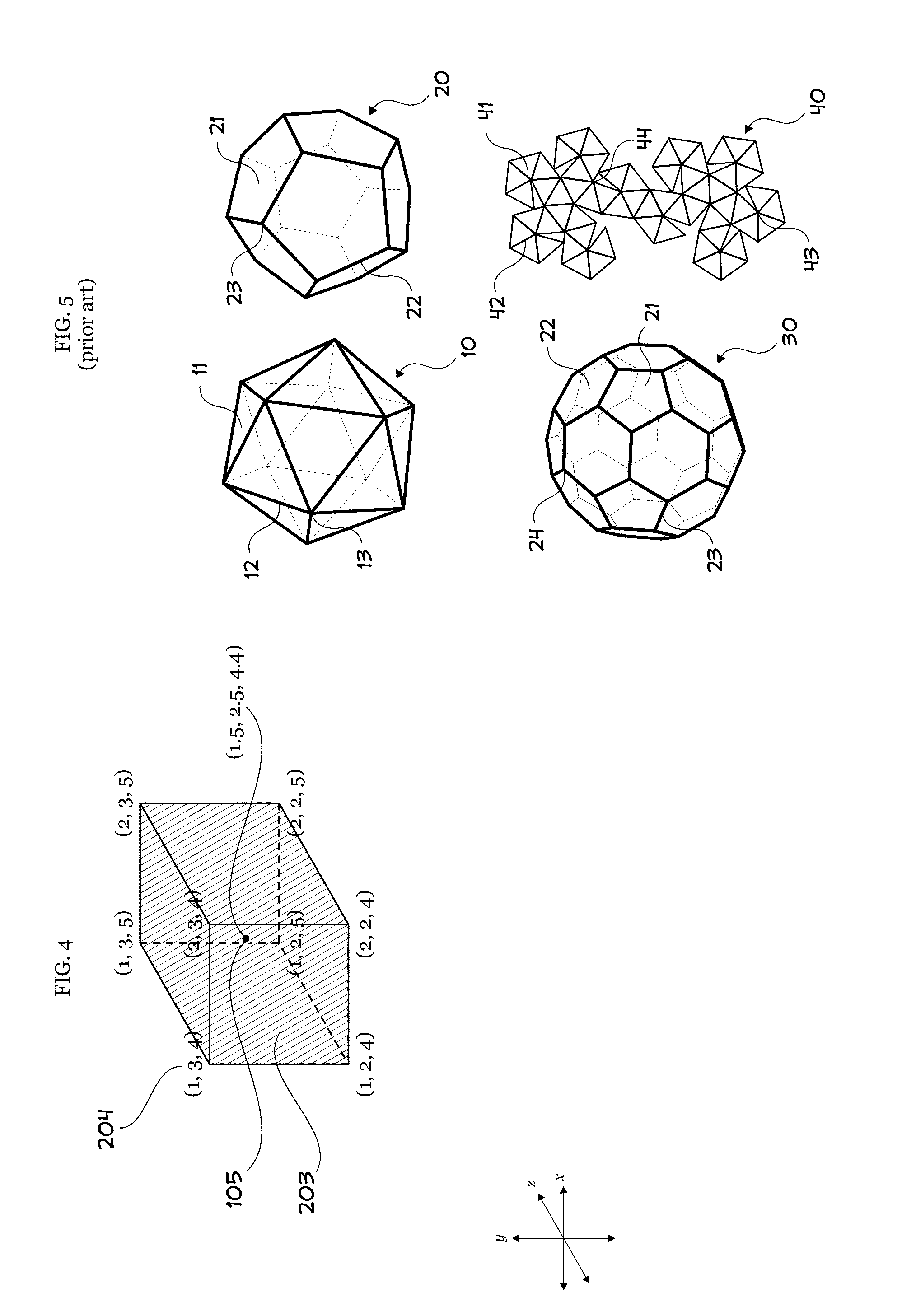Storage of Arbitrary Points in N-Space and Retrieval of Subset Thereof Based on a Determinate Distance Interval from an Arbitrary Reference Point
a technology of n-space and arbitrary points, applied in the field of digital communication, computer technology, measurement, can solve the problems of resource-intensive computations, requiring additional capacity, and attempting problems of greater complexity, so as to avoid computations in the at-retrieval range and computational costs.
- Summary
- Abstract
- Description
- Claims
- Application Information
AI Technical Summary
Benefits of technology
Problems solved by technology
Method used
Image
Examples
Embodiment Construction
[0065]The following describes preferred embodiments. However, the invention is not limited to those embodiments. The description that follows is for purpose of illustration and not limitation. Other systems, methods, features and advantages will be or will become apparent to one skilled in the art upon examination of the figures and detailed description. It is intended that all such additional systems, methods, features, and advantages be included within this description, be within the scope of the inventive subject matter, and be protected by the accompanying claims.
[0066]A space of interest 100 is divided into contiguous shapes called “cells” or “quanta”201 (i.e., such that no gaps exist between any cells). Each cell 201 has two or more vertices 202. Each cell 201 shares at least one vertex 202 with at least one other cell 201, but the set of each cell's vertices 202 is unique to that cell 201. For a point of interest p 105 in the space of interest 100, there exists at least one h...
PUM
 Login to View More
Login to View More Abstract
Description
Claims
Application Information
 Login to View More
Login to View More - R&D
- Intellectual Property
- Life Sciences
- Materials
- Tech Scout
- Unparalleled Data Quality
- Higher Quality Content
- 60% Fewer Hallucinations
Browse by: Latest US Patents, China's latest patents, Technical Efficacy Thesaurus, Application Domain, Technology Topic, Popular Technical Reports.
© 2025 PatSnap. All rights reserved.Legal|Privacy policy|Modern Slavery Act Transparency Statement|Sitemap|About US| Contact US: help@patsnap.com



